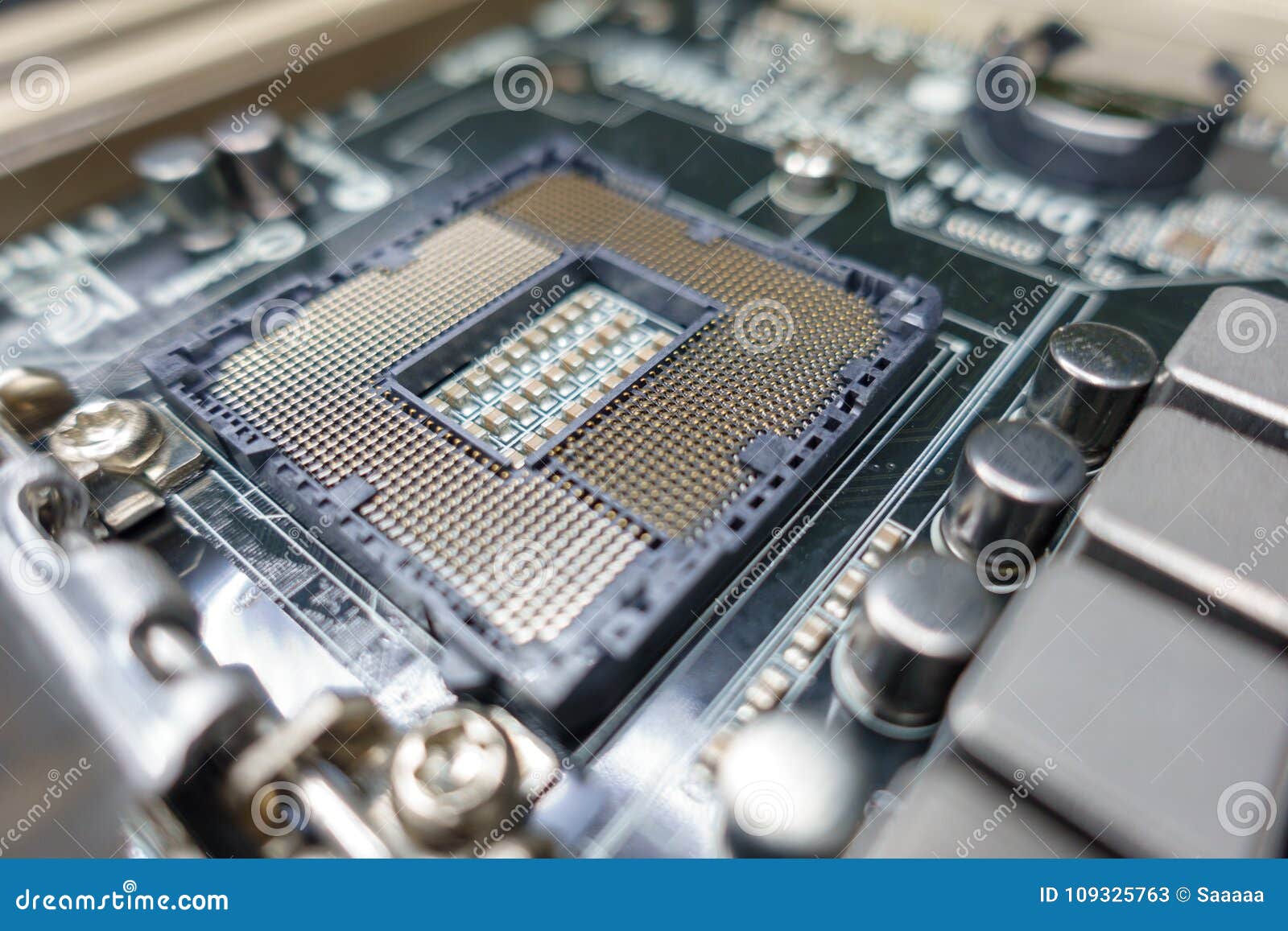Slot A Processor
Home > Articles > Hardware
- Slot A: Slot a uses a 242-pin physical connector to communicate between the CPU and motherboard over the EV6 interface. This interface and its supporting chipsets was the first to use a double data rate connection at 100 MHz, making it effectively faster than a 133 MHz Pentium P6 bus.
- AMD Slot A Processor I am a hugh fan AMD. This is because i love the Slot A Proccesor Serie. I think it is the best processor-serie. It was Plug and play! Click in the processor in slot connect the fan cable. And you are ready to play.
 ␡
␡INTERNAL EXPANSION. Welcome to a guide on the types of computer expansion cards and the types of expansion slots. While many devices have taken on the more convenient USB forms these days, there are still some good expansion cards that you can add on to your computer. Hi, I would like to add a second identical CPU (intel xeon E5-2630 v3 2.40 ghz) I have a configuration of 96 GB of ram on the 1 st cpu installed like this slot 1: 16gb slot 2: 8gb slot 3: 16gb slot 4: 8gb slot 5: 16gb slot 6: 8gb slot 7: 16gb slot 8: 8gb Can i split in half, like 48gb on cpu 1 &. If you use all four slots, your computer will run as if all the slots have DDR3 memory installed and will not make use of the performance of the DDR4 sticks. RAM Slots on a Mac The only iMac currently on the market with user-serviceable RAM is the 27 inch model.
- Chapter 3: Microprocessor Types and Specifications

Slot A Processor Review
Microprocessors
The brain or engine of the PC is the processor (sometimes called microprocessor), or central processing unit (CPU). The CPU performs the system's calculating and processing. The processor is easily the most expensive single component in the system, costing up to four or more times greater than the motherboard it plugs into. Intel is generally credited with creating the first microprocessor in 1971 with the introduction of a chip called the 4004. Today Intel still has control over the processor market, at least for PC systems. This means that all PC-compatible systems use either Intel processors or Intel-compatible processors from a handful of competitors (such as AMD or Cyrix).
Intel's dominance in the processor market had not always been assured. Although Intel is generally credited with inventing the processor and introducing the first one on the market, by the late 1970s the two most popular processors for PCs were not from Intel (although one was a clone of an Intel processor). Personal computers of that time primarily used the Z-80 by Zilog and the 6502 by MOS Technologies. The Z-80 was noted for being an improved and less expensive clone of the Intel 8080 processor, similar to the way companies today such as AMD, Cyrix, IDT, and Rise Technologies have cloned Intel's Pentium processors. In that case though, the clone had become more popular than the original.
Back then I had a system containing both of those processors, consisting of a 1MHz (yes, that's 1, as in 1MHz!) 6502-based Apple main system with a Microsoft Softcard (Z-80 card) plugged into one of the slots. The Softcard contained a 2MHz Z-80 processor. This allowed me to run software for both types of processors on the one system. The Z-80 was used in systems of the late 1970s and early 1980s that ran the CP/M operating system, while the 6502 was best known for its use in the early Apple computers (before the Mac).
The fate of both Intel and Microsoft was dramatically changed in 1981 when IBM introduced the IBM PC, which was based on a 4.77MHz Intel 8088 processor running the Microsoft Disk Operating System (MS-DOS) 1.0. Since that fateful decision was made, PC-compatible systems have used a string of Intel or Intel-compatible processors, each new one capable of running the software of the processor before it, from the 8088 to the current Pentium III/Celeron and Athlon/Duron. The following sections cover the different types of processor chips that have been used in personal computers since the first PC was introduced almost two decades ago. These sections provide a great deal of technical detail about these chips and explain why one type of CPU chip can do more work than another in a given period of time.

Related Resources
Slot A Processor Machine

Slot A Processor Software
There are currently no related titles. Please check back later.